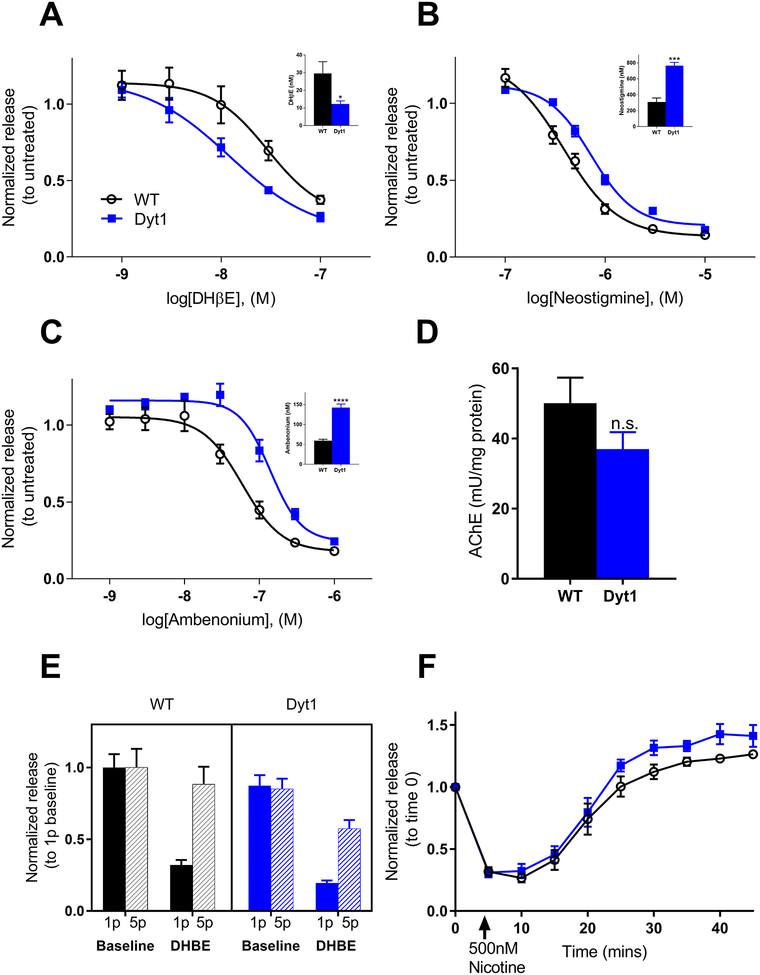Fig 5. Nicotinic receptor function and ACh tone is altered in Dyt1 mice.
(A) The nAChR antagonist DHβE dose-dependently decreases DA release. The dose-response curve has a significant leftward shift for Dyt1 mice and the IC50 is significantly reduced for Dyt1 (A inset) (WT n=6; Dyt1 n=6). (B) Response to the AChE inhibitor neostigmine is altered in Dyt1 mice. There is a significant rightward shift in the dose-response curve for Dyt1 mice and the IC50 is significantly increased in Dyt1 mice (B inset) (WT n=5; Dyt1 n=5). (C) Response to the AChE inhibitor ambenonium is also altered in Dyt1 mice. There is a significant rightward shift in the dose-response curve for Dyt1 mice and the IC50 is significantly increased (C inset) (WT n=5; Dyt1 n=5). (D) AChE activity is unaltered between Dyt1 and control animals (WT n=6; Dyt1 n=6). (E) DA release in response to 1-pulse and 5-pulse electrical stimulation at baseline and after DHβE treatment. There is no significant difference in responses between genotypes (WT n=5; Dyt1 n=5). (F) Response to high concentration nicotine treatment is similar between WT and Dyt1 mice (WT n=5; Dyt1 n=5). Values are normalized to untreated for each genotype and represent mean ± SEM.

